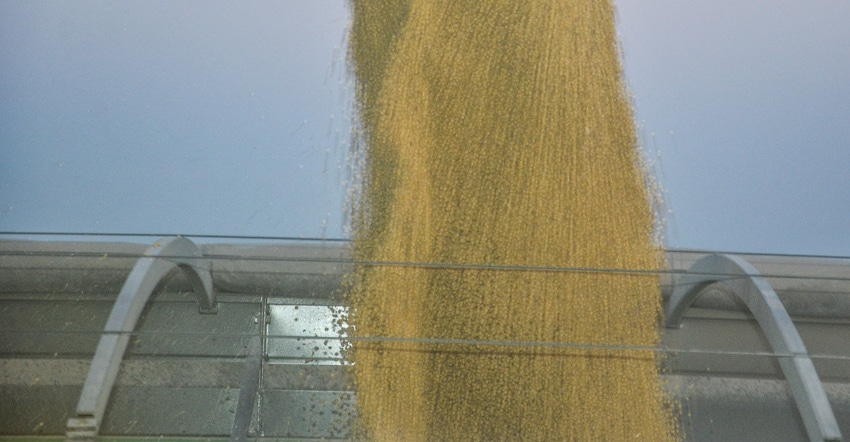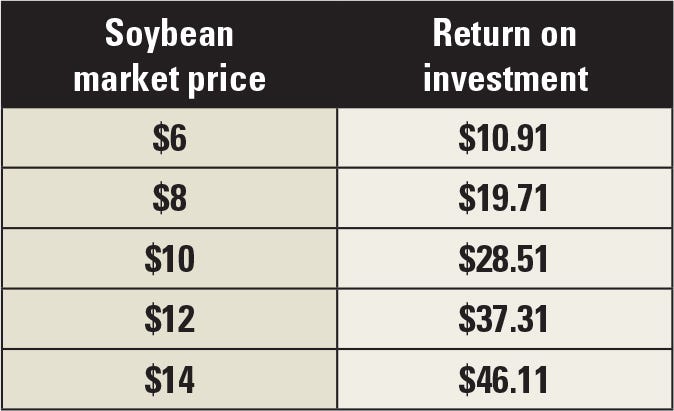December 21, 2017

By Hunter McGraw
During times when commodity prices are low, it is crucial for your soybeans to be at peak performance. Favorable growing seasons could help increase your yield. But a favorable growing season doesn’t just favor soybeans. Diseases can rob you of yield and account for a loss that no farmer wants to see.
Studies show that by applying fungicides yearly, farmers build up long-term value.
Strobilurin fungicides such as Stratego YLD or Priaxor are all preventatives. These must be applied before you see disease, experts say. It can be hard for some to not see visible evidence of a product working. But research suggests that fungicide application helps keep plants healthy.
In dry years when you wouldn’t expect disease, fungicide application could still allow soybean plants to stay healthy and catch a few extra rains toward the end of the growing season. Travis Burnett, an agronomist for Beck’s in Atlanta, Ind., says a few extra rains could help increase seed size, impacting final yield by upward of 30%.
When will it pay?
Over the past seven years, Beck’s has studied yearly application of fungicides and the return on investment by applying fungicides. Beck’s Practical Farm Research studies make it clear that timing is everything. By applying fungicides at the R3 growth stage, the breakeven point is at a selling price of $5.75 per bushel. At R3, the upper nodes of the soybean pods are about a quarter inch long.
One note: The price of fungicide and application cost can also affect the breakeven point. The higher the cost, the more bushels it takes to break even. This holds true even as bean prices vary.

NEED YIELD ADVANTAGE: If you apply fungicides, you need enough yield advantage to pay for both the fungicide and application cost, and have some left over for return on investment.

If a farmer applies fungicides at R3 and beans are $5.75, then the farmer will make money. These studies also show that if you’re too early or miss R3, then your breakeven point nearly doubles. At R2, soybeans must sell at $11.49 per bushel for a farmer to break even. At R4, soybeans would need to sell at $10.91 per bushel to break even.
A 2013-16 study by Beck’s shows that when applying a 4-ounce rate of Stratego YLD, you could expect to see these types of return on investment. The four-year, multiple-location study shows an average advantage of 4.4 bushels per acre with a 4-ounce application, costing $15.49 per acre to apply. When soybeans are $6, a 4.4-bushel-per-acre advantage equals $26.40. After subtracting $15.49 for product cost, ROI is $10.91 per acre (see table below).

Farmer view
The seven-year Practical Farm Research study has concluded that application of fungicides at R3 returned an average of $17 an acre. Austin Woodward, a farmer from central Indiana, says his treated beans had an average increase of 10 bushels per acre vs. his nontreated plants.
“It’s something we aren’t going to stop doing,” Woodward says.
McGraw is a senior in ag communication at Purdue University.
You May Also Like




